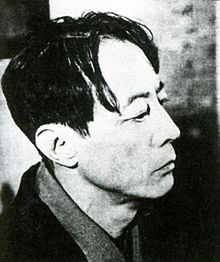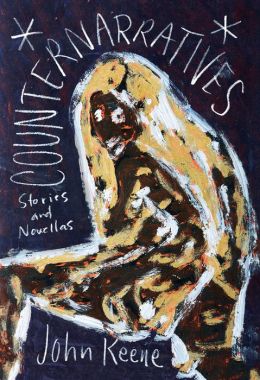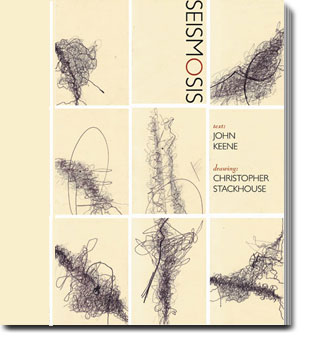 |
| Kenneth Patchen in 1957 with a collection of his painted books, taken on the rooftop of photographer Harry Redl's apartment house in San Francisco. (Photo: Harry Redl, via FoundSF.com) |
I had seen some of his Painted Poems before, but I was delighted when I happened upon via Professor Vaughn B. Anderson's former undergraduate comparative literature online course site, "Painting with Words: Exploring Poetry and Image," which he taught in 2013 at Rutgers University-New Brunswick. He included the Patchen poems in his "Visual Poetry" module, and they are that and more. Out of the dozen that he posted I have selected four, all of which remind me of William Blake's illustrated poems, but updated for the 20th century and, considering the moment of post-Pop Art and post-modernism, the 21st. To quote Patchen, "I don’t consider myself a painter. I think of myself as someone who has used the medium of painting in an attempt to extend."
The Academy of American Poets website describes these works as
free verse poems with whimsical imagery using pieces of Japanese paper and common construction paper, glue, tempera, watercolors, casein, crayons, ink, pencils, cloth dyes, cloth string, and coffee and tea (used as dyes). The idea for the painted poems, Patchen’s wife Miriam has said, emerged from his fascination with sheets he received from John Tate, a botanist. The sheets, once used in France to press botanical specimens, became the backdrop to the painted poems, which were bound and published in the collections Hallelujah Anyway and But Even So. Emitting both joy and grief, the painted poems depict the ways of the world—its cruelty included—with mature resignation and playful humor. His last work, Wonderings, contains reprints of his silkscreen pages along with abstract and figurative drawings. Patchen died in 1972, a year after Wonderings was published.
To put it another way, FoundSF says of these works that, "They are celebrations of everyday playfulness as well as realizations of the sadnesses, humor and limitations of the body and mind. Also they are personal protests, insights into the institutionalized notions, both spiritual and political, that corrupt community and creativity."
XYZ


















